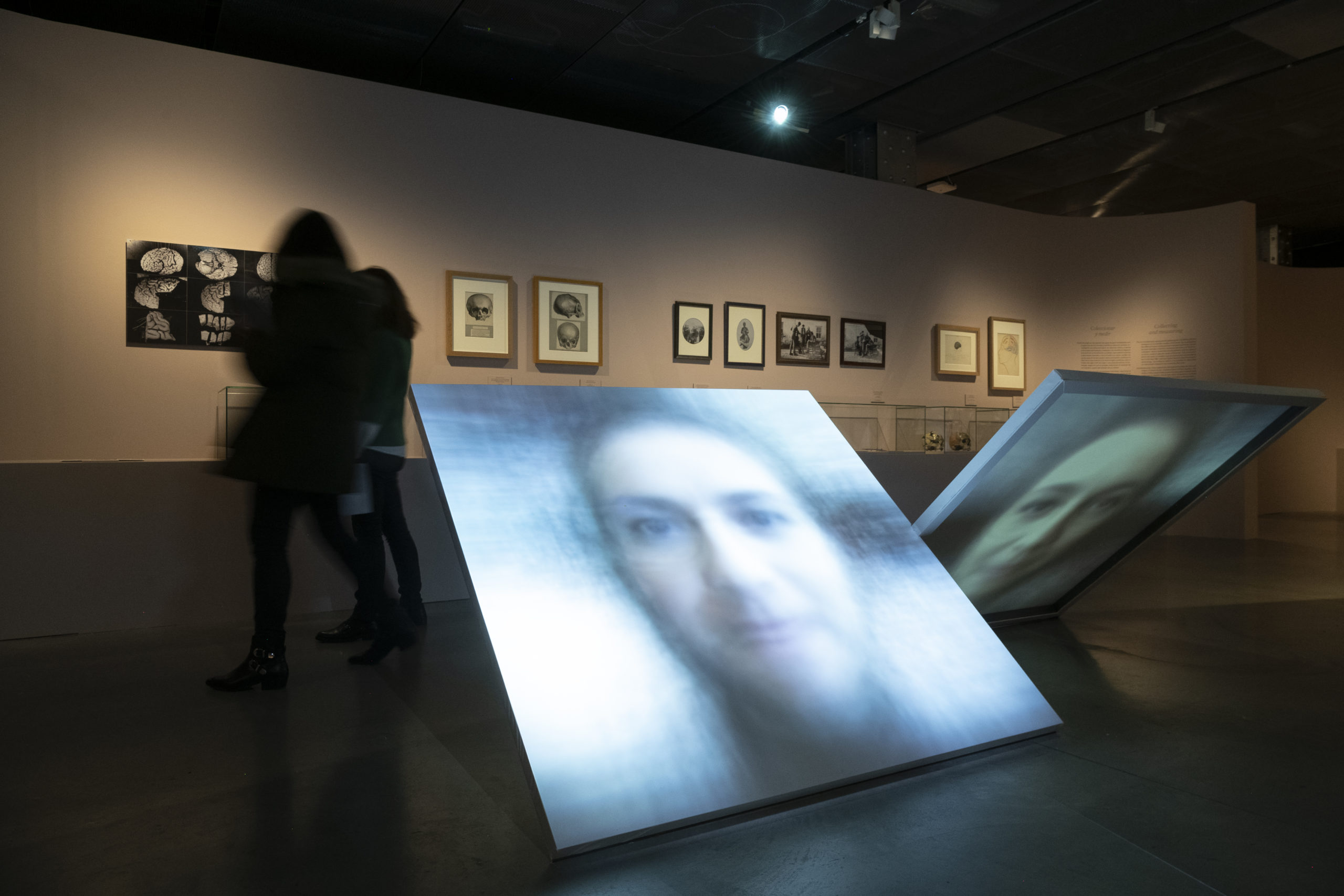Exhibition
This exhibition explores how art, science and philosophy have represented this fascinating organ throughout history and takes us into both the anatomy of the brain and everything it generates.

The human brain is the most complex object we know and the one that scientifically and philosophically provokes the most questions. Why do brains exist? Where does consciousness come from? And creativity? What happens when the mind is ill? Can intelligent machines be created?
The exhibition ‘Brain(s)’ explores how art, science and philosophy have represented this fascinating organ throughout history and takes us into both the anatomy of the brain and everything it generates: consciousness, abstract thinking, language, imagination, dreams and memory. The exhibition also explores other minds beyond the human one: artificial, animal and collective intelligence as well as organisms without a brain.
Curated by the physicist and biologist Ricard Solé and Emily Sargent, curator of the Wellcome Collection, the exhibition has around 300 pieces, including contemporary immersive art installations, pieces from historical collections and results of scientific research projects along with perspectives from contemporary artists such as Tomás Saraceno, Ivana Franke, Greg Dunn, and Joan Foncuberta.
There is also historical material from Santiago Ramon y Cajal and René Descartes, inventions from visionary scientists such as Leonardo Torres Quevedo and Lady Ada Lovelace, and projects from landmark research projects.
The exhibition is a co-production between Fundación Telefónica, the Wellcome Collection (London), co-producer of ‘Brain(s)’, and CCCB.






